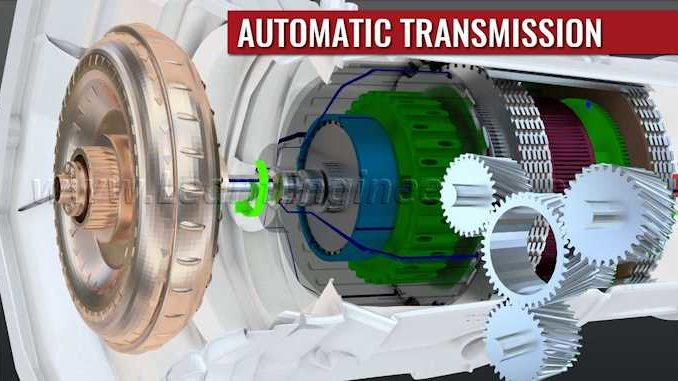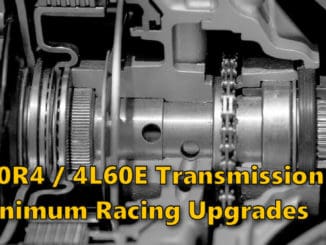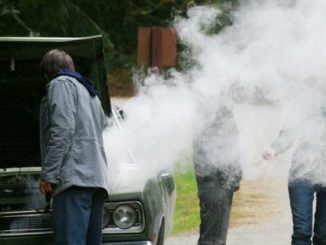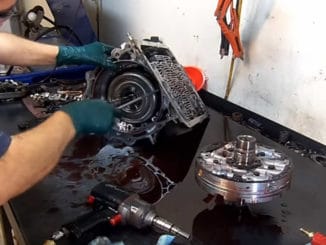
Most vehicles sold in the United States since the 1950s have had automatic transmissions. The vehicle’s gearbox is able to change the gear ratios automatically as the vehicle moves.
This then allows the driver to be free from having to shift gears manually.
Most automatic transmissions reduce fuel efficiency and the power of the vehicle. In recent years, automatic transmissions have seen significant improvements in terms of fuel efficiency.
There are two basic types of automatic transmission:
- The front-wheel-drive version called a Transaxle because it incorporates a differential
- A rear-wheel-drive version called a Transmission that does not.
A transaxle is also called a transmission — it is a fully automatic front-wheel-drive transaxle with multiple forward gear ranges that include one reverse gear.
Normal automatic transmissions are fully automatic with four forward and one reverse speed. The predominant form of an automatic transmission is hydraulically operated, using:
- A fluid coupling or torque converter — a hydraulic device used to connect the engine and the transmission. It takes the place of the manual clutch, which allows the engine to remain running without stalling.
A torque converter is a hydraulic fluid coupling used to transmit power from an engine to a driveshaft. Therefore it also provides a variable amount of torque multiplication at low engine speeds, which increases the “breakaway” acceleration. - Planetary gear set — a planetary gear set is a gear system that consists of one or more planet gears that rotate around a central gear to provide a range of torque multiplication.
- Valve body — a hydraulic control center that receives pressurized fluid from a main pump and is operated by the fluid coupling or torque converter. The pressure that comes from this pump runs a network of spring-loaded valves.
The valves use the pump pressure and the pressure from a centrifugal governor on the output side to control which gear ratio the transmission selects. So, as the vehicle’s engine speeds up, the difference between the pressure changes, and this causes the different sets of valves to open and close.
The hydraulic pressure these valves control will drive the various clutch and brake band actuators. This controls the operation of the planetary gear set to select the correct gear for those current driving conditions.




